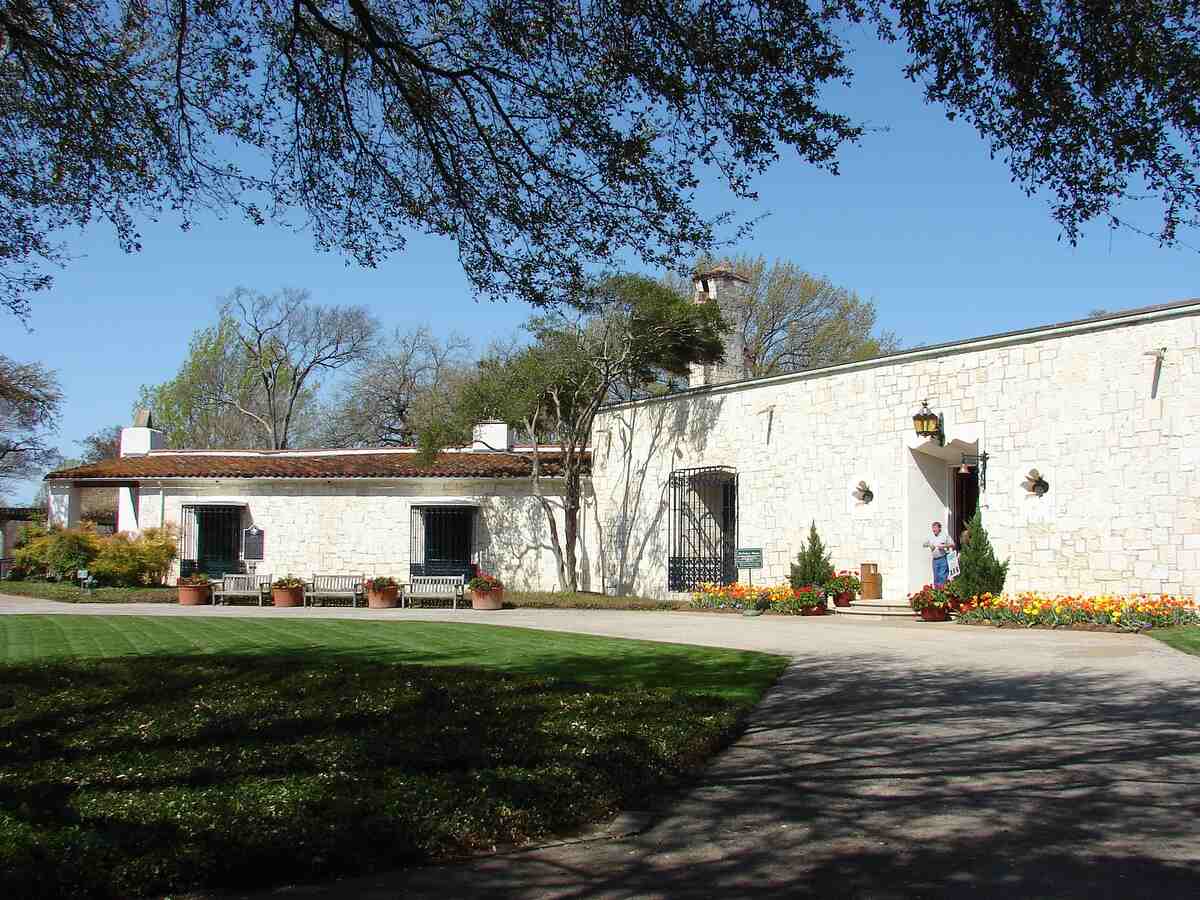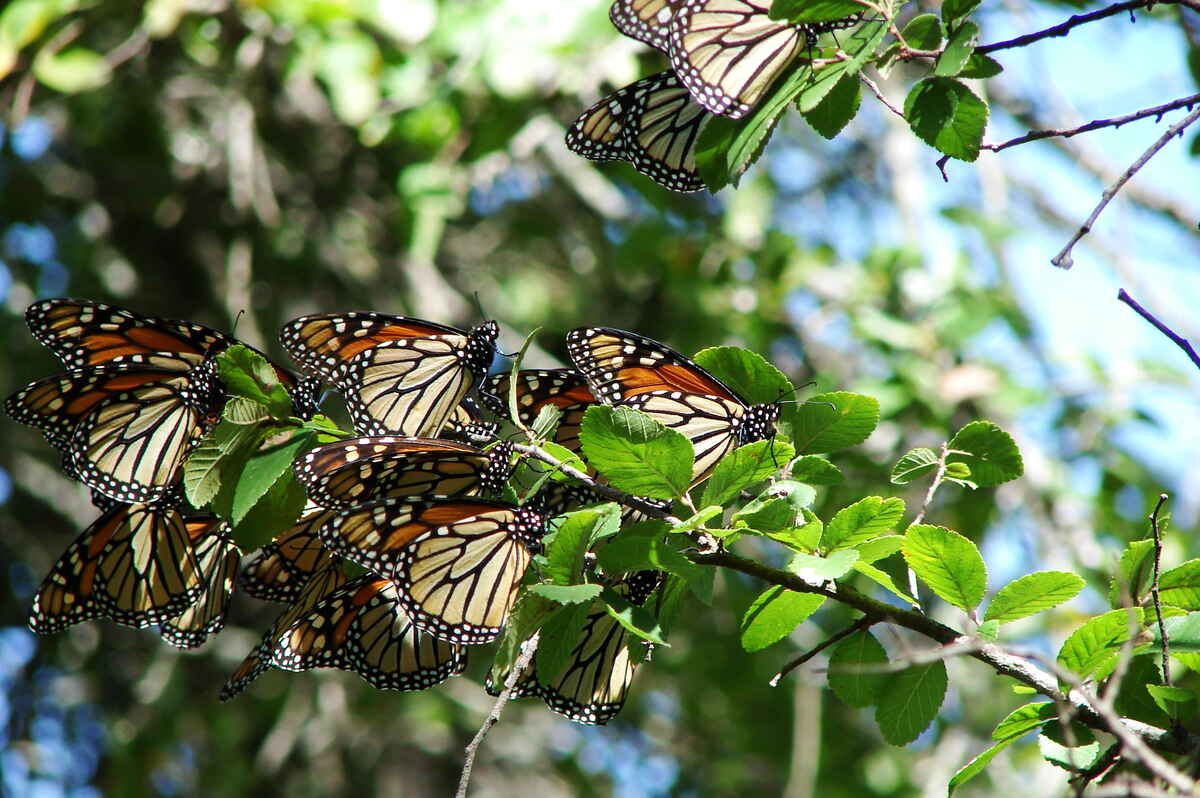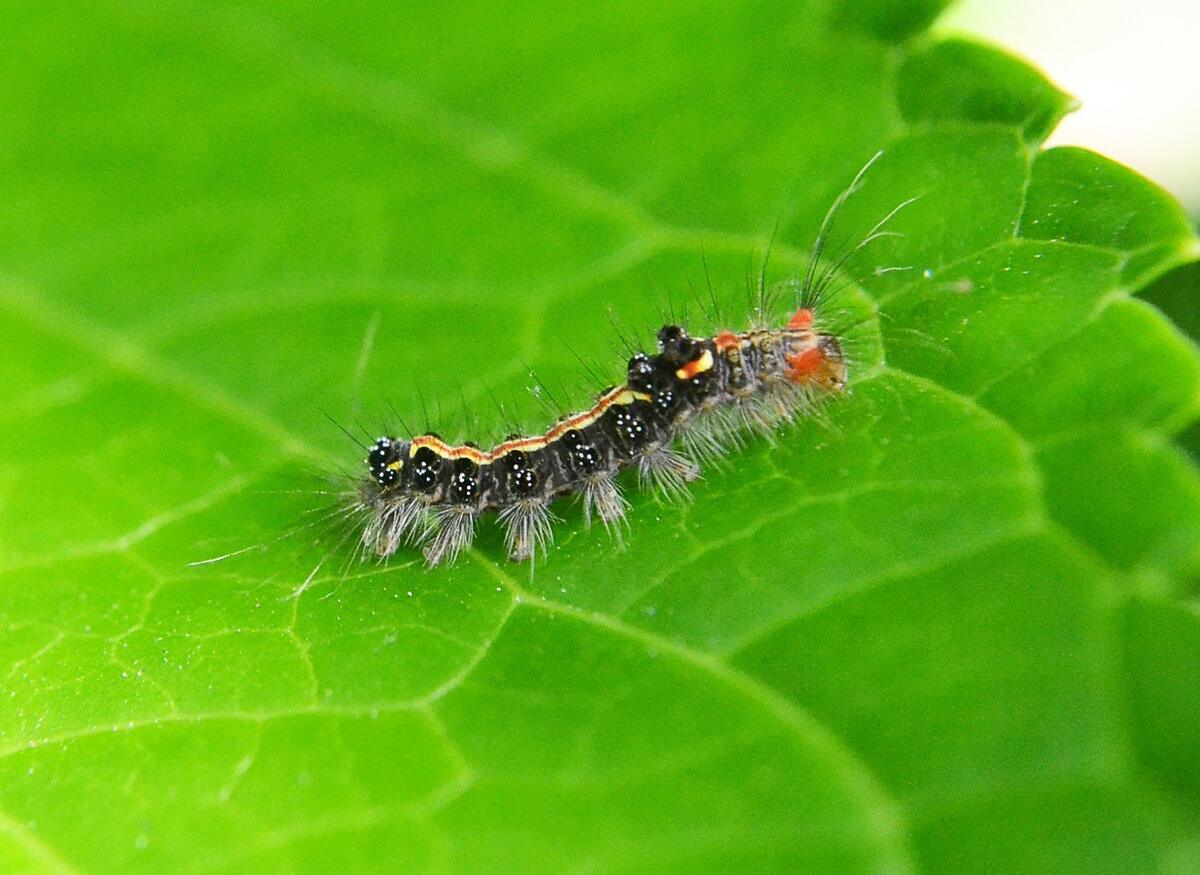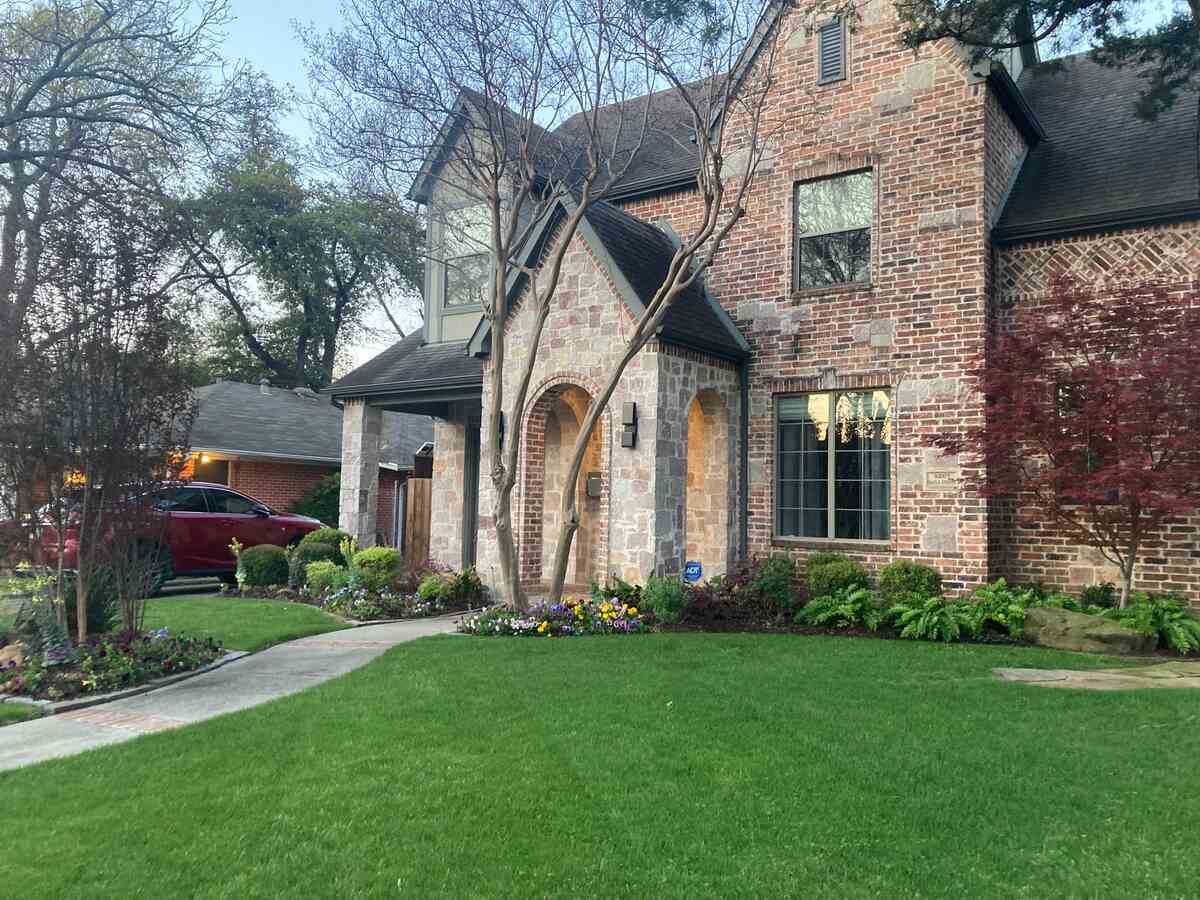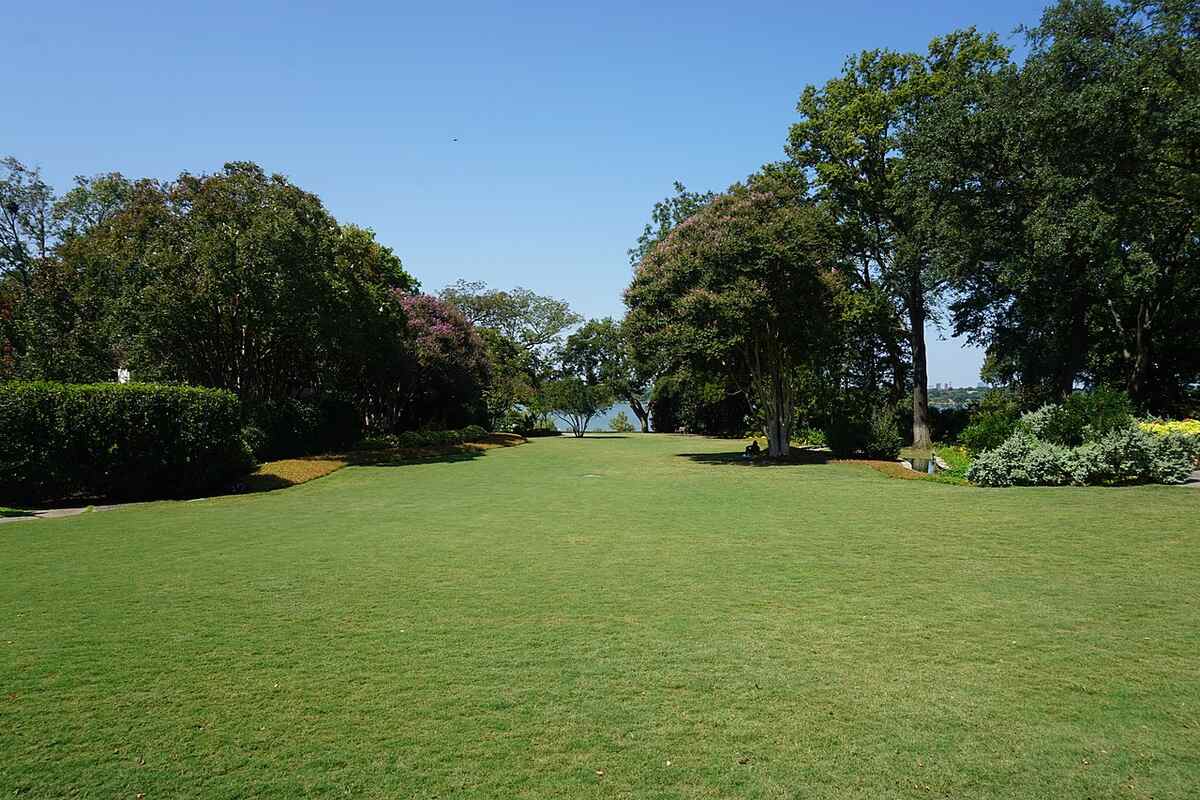
Your home may not have the acreage of the Dallas Arboretum, but you can still create your own urban oasis by adding trees to your landscape design.
To discover the best trees for your outdoor spaces, determine your purpose for planting each one. Whether it’s to provide shade, save energy, improve overall wellness, grow your own food, or what have you, knowing your goals will lead you to the right selections.
Here are five ideas to get you started:
5 Ideas for Landscaping with Trees in Dallas
1. Cultivate trees for a sense of well-being
If one houseplant can help reduce stress and anxiety (thus lessening blood pressure and muscle tension, among other things), imagine what a tree — or several — in your yard would do.
And while any species can help boost mood, ornamental trees, typically focal point trees, are specifically planted for the beauty and enjoyment they add to their surroundings. A few that will grow well in the Big D include:
- Crabapple trees (malus)
- Althea trees (hibiscus syriacus)
- Cherry trees (prunus x yedoensis)
- Crepe myrtles (lagerstroemia indica)
- Deciduous holly trees (ilex decidua)
- Dogwood trees (cornus florida)
- Japanese maple trees (acer palmatum)
- Saucer magnolia trees (magnolia x soulangeana)
- Chaste trees (vitex agnus-castus)
- Forest pansey redbud (cercis canadensis)
- And these, too
2. Use mature trees for custom-built tree houses
Besides enhancing curb appeal and raising the value of your property by as much as 20%, mature trees that are healthy and generally resistant to disease also make great bases for tree houses.
When considering a large tree to use for this purpose, also keep in mind location and density. A few trees to try:
- Live oak
- Bur oak
- Shumard oak
- Red maple
- Mexican sycamore
- Cherry tree
- Wright acacia
Whether this new retreat is to coax your kids away from their screens, provide an out-of-the-ordinary guest house, add more interest to your garden design, or to be another outdoor living space the whole family can enjoy together, it’ll be the perfect spot to reap all the benefits nature has to offer.
3. Relish tree canopies for shade
Living deep in the heat of Texas, the last thing you want to worry about is running up your cooling bill just to keep your home bearable during summer. Save energy and money while incorporating the beauty and majesty of shade trees.
As well as blocking the sun, these landscape trees can also bring fall color, spring blooms, and various shapes and textures to your front yard and backyard. Here are a few examples:
- Caddo maples
- Mexican white oaks
- Chinkapin oaks
- Bald cypress trees
- Shumard red oaks
- Cedar elms
- Eastern red cedars
- Eldarica pines
- Western soapberry trees
- Pecan trees
- River birch trees
4. Establish privacy trees for natural screening
When your neighbors’ yards are a bit too close for comfort, erect natural barriers with privacy trees. Perfect for garden retreats, marking property lines in your front yard, and concealing side yard utility boxes, these evergreen trees can also act as windbreaks.
Experts recommend the following selections:
- Nellie R. Stevens holly
- Homefire holly
- “Little gem” magnolia
- Claudia Wannamaker magnolia
- Eastern red cedar
- Red tip photina
If you’re looking to vary the textures of your living fence, consider including deciduous trees in the mix, too. Ones that work well as privacy trees include:
- Roughleaf dogwood
- Carolina buckthorn
- Deciduous holly
5. Plant the right tree in the right place
Regardless of your intention for each tree you want to plant, you’ll need to remember a few important factors:
Height at maturity. The size of your lot will determine whether you should grow small trees, large trees, or a mix of the two. Consider a tree’s expected height and spread when locating it in your landscape design, so that it doesn’t interfere with power lines, underground utilities, or your home itself.
Access to sunlight and nutrients. Different trees also have different light needs. The Japanese maple tree, for example, can withstand partial shade, while the eldarica pine, an evergreen conifer, prefers full sun. Your trees must also be planted in suitable soil, the correct hardiness zone, and be able to receive the right amount of water.
Maintenance level. If you’re looking for something low-maintenance, stay away from trees that require excess watering, pruning, and trimming. For example, the desert willow is a flowering tree that’s easy to care for, drought-resistant, and can tolerate an array of soil types. All trees require mulch, especially right after planting, but keep it to a thin layer, as overmulching can lead to tree death.
Landscaping with Trees in Dallas: Other Things to Know
Which trees grow best in Dallas?
Situated in Plant Hardiness Zones 8a and 8b, Dallas is hospitable to an array of tree species, including:
- Crabapple trees
- Crepe myrtles
- Dogwood trees
- “Little gem” magnolias
- Mexican sycamores
- Bald cypress trees
- River birch trees
- And these, as well.
What are the best fruit trees and nut trees to plant here?
Another reason to plant trees? To harvest your own, homegrown healthy snacks. Fruit trees and nut trees that grow well in this area include:
- Peach trees
- Pomegranate trees
- Fig trees
- Pecan trees (the state tree)
- Apple trees
- Plum trees
When to Call a Landscaping Professional
You could pull off a DIY planting job, but if you’re not a certified arborist or landscape design expert (and you haven’t consulted with one), you may be setting yourself up for failure.
For example, at the garden center, there are some things you should look out for before choosing a specific tree:
- Are the leaves showing yellowing and stunted growth?
- Does the trunk look wounded or has it split into multiple trunks?
- Are the roots growing outside of the container?
- Can you see weeds sprouting in the pot, as well?
If any of the above are true, that is not a tree you should be spending your money on.
A Dallas landscape expert can assist with proper tree selection, point out the best planting locations in your yard, and teach you correct planting methods.
Main Photo Credit: Pexels
